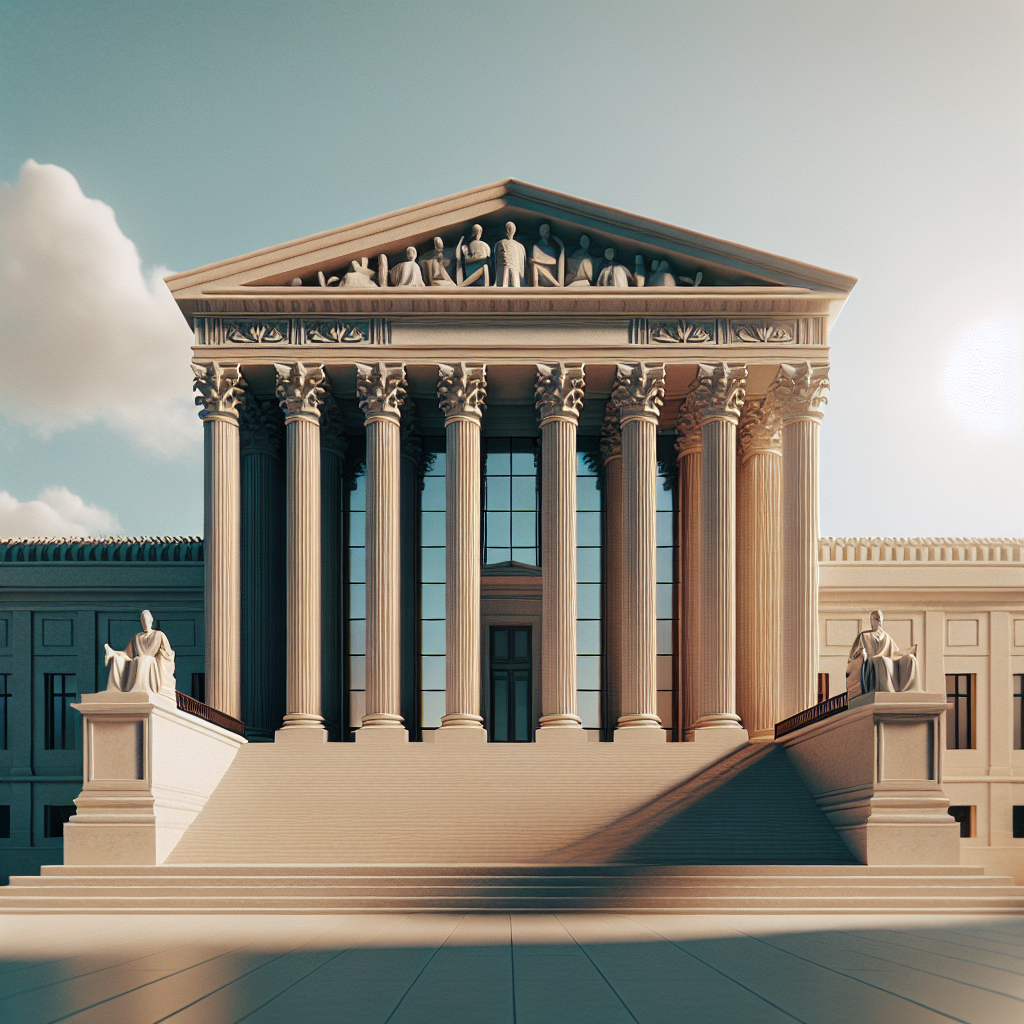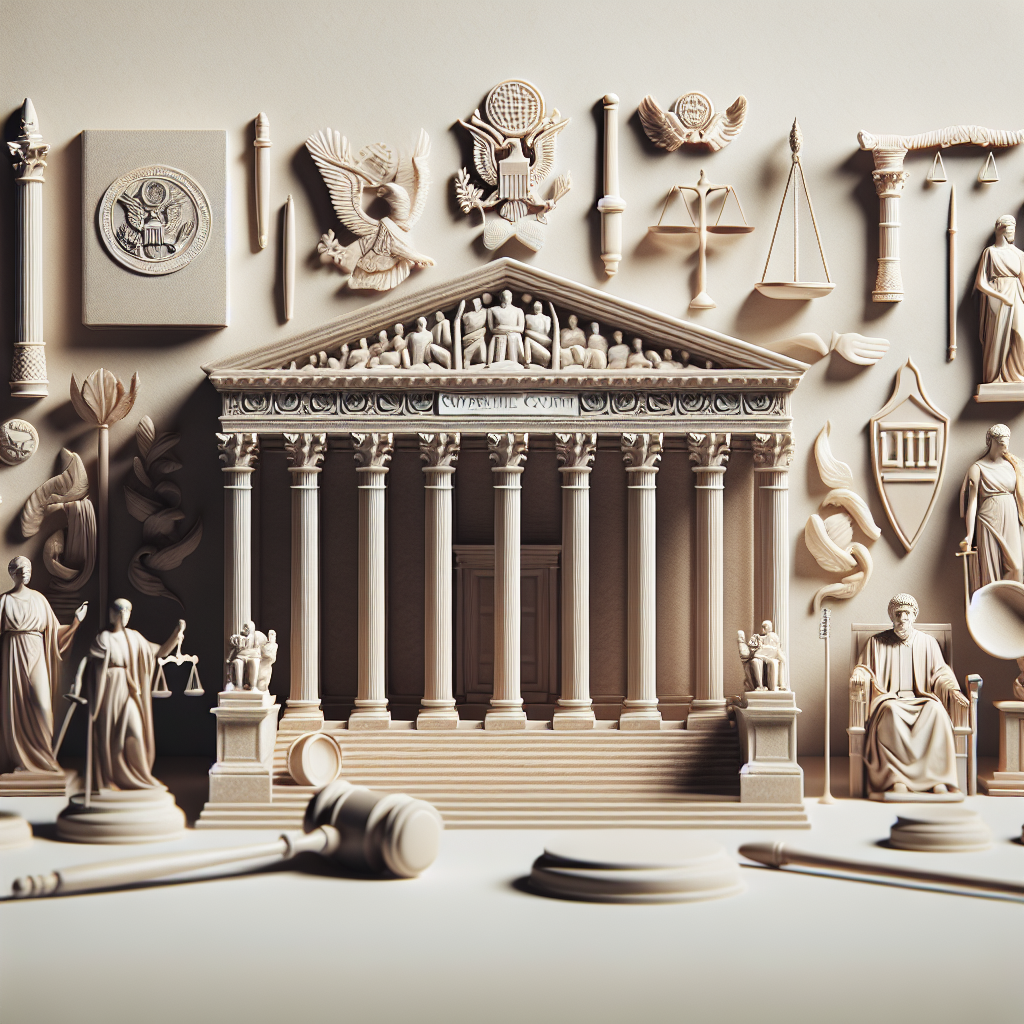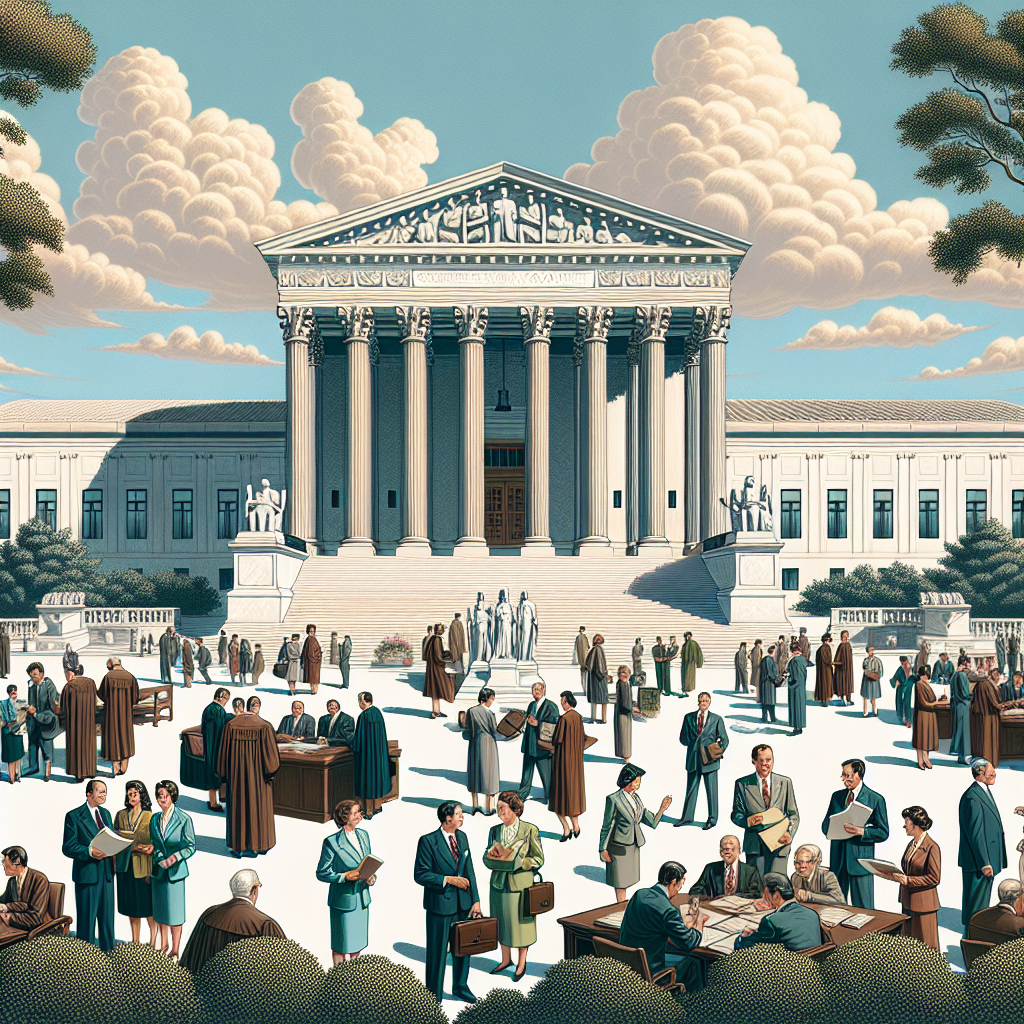On November 12, the Supreme Court of the United States (SCOTUS) is poised to address several significant cases and issues that have caught the attention of legal scholars and the public alike. This date marks a continuation of the court’s busy schedule, as it deliberates on matters that could have far-reaching implications for American law and society. The court’s decisions not only shape the legal landscape but also reflect the evolving values and priorities of the nation.
Key Developments in SCOTUS
One of the notable aspects of the court’s current session is its consideration of various high-profile cases. Among these, the court is expected to take up critical issues related to civil rights, administrative law, and federal authority. The justices will engage in rigorous discussions, as each case presents unique challenges and opportunities for legal interpretation. As this session unfolds, it is essential to stay informed about the implications of these cases, which can set important precedents.
Historical Context and Recent Changes
The history of the Supreme Court is rich with landmark rulings that have defined American jurisprudence. For instance, Justice William O. Douglas announced his retirement on this day in 1975, marking the end of his remarkable tenure as the longest-serving justice in the court’s history. Douglas’s contributions to the court and his advocacy for civil liberties continue to resonate in contemporary discussions about judicial philosophy and the role of the Supreme Court in safeguarding individual rights.
In recent years, the court has adapted its procedures in response to external circumstances, notably during the COVID-19 pandemic. The introduction of the seriatim questioning format has transformed oral arguments, allowing each justice to pose questions in a structured manner. This change aimed to facilitate clarity and prevent interruptions, resulting in a more organized flow of discussion. The scotus news november 5 highlights how these procedural adaptations have influenced the dynamics of oral arguments.
Current Cases and Legal Implications
As the court hears arguments, legal analysts are closely monitoring the outcomes, particularly in cases that challenge existing statutes and regulations. The implications of these rulings extend beyond the courtroom, affecting various sectors, including healthcare, education, and civil rights. Legal scholars emphasize the importance of understanding the court’s reasoning, as it can provide insight into future legal battles and legislative efforts.

Furthermore, ongoing debates regarding the balance of power between state and federal authorities are central to many cases before the court. The administration’s recent motions, including a november SNAP payments ruling, illustrate the complexities involved in navigating federal-state relations in the context of social welfare programs. The Supreme Court’s decisions in these matters will undoubtedly shape policy discussions and legislative actions in the years to come.
| Case Name | Issue | Date of Argument |
|---|---|---|
| Case A | Civil Rights | November 15 |
| Case B | Administrative Law | November 17 |
On November 12, the Supreme Court of the United States (SCOTUS) engages in critical discussions and deliberations that shape the legal landscape of the nation. This day marks significant events in the court’s history, including the retirement announcement of Justice William O. Douglas in 1975, who remains the longest-serving justice. As the court convenes, various cases and legal principles are examined, influencing both current and future jurisprudence.
Key Developments in SCOTUS
Among the notable cases currently under consideration, the court is set to hear a major election law case that could have far-reaching implications for electoral processes across the country. The case raises questions regarding the boundaries of state authority in regulating elections and the extent to which federal law can intervene. As the arguments unfold, the justices will be tasked with interpreting complex legal standards that could redefine the electoral framework.
Impacts of Recent Decisions
Additionally, the court has recently declined to hear a same-sex marriage case, leaving lower court rulings intact. This decision underscores the ongoing debates surrounding marriage equality and the legal rights of individuals, reflecting the evolving societal norms. The justices’ refusal to take up the case also indicates a potential reluctance to revisit contentious issues that have already garnered significant public attention.

Procedural Changes in Oral Arguments
In recent sessions, the Supreme Court has adopted innovative procedures for oral arguments, particularly the seriatim questioning format introduced during the COVID-19 pandemic. This method allows justices to ask questions in order of seniority, which has encouraged participation from all members of the bench, including those who may typically remain silent. The ICE contractor appeal case exemplifies this new approach, as justices engage in a more structured dialogue with attorneys, potentially leading to clearer legal interpretations.
Public Reception and Future Implications
The reception of the seriatim format has been mixed among legal scholars and court observers. While some appreciate the equitable distribution of questions, others argue that it limits the dynamic exchange that often characterizes courtroom discussions. As the court continues to refine its approach to oral arguments, the implications of these changes will likely resonate beyond the current term, influencing how legal arguments are presented and deliberated in the future.
On November 12, significant historical events and ongoing Supreme Court proceedings shape the landscape of American jurisprudence. This date has seen pivotal moments in the court’s history, such as the retirement announcement of Justice William O. Douglas in 1975, who remains the longest-serving justice in Supreme Court history. Today, the court continues to address important issues that impact various aspects of law and society.
Understanding the Seriatim Approach
The term “seriatim” has gained prominence in recent discussions surrounding Supreme Court oral arguments. Originating from Latin, it means “consecutively” or one after another. This method was notably adopted during the COVID-19 pandemic, allowing justices to ask questions without the usual interruptions that occur in a live courtroom setting. The shift to this approach was not without controversy, as it aimed to create a more organized questioning format that would benefit all justices, including those who typically participate less actively.

Impact on Judicial Discourse
The introduction of seriatim questioning has sparked diverse opinions among court observers. Some argue that it has encouraged justices who are less vocal, such as Justice Clarence Thomas, to engage more thoroughly during oral arguments. This change has led to a more balanced distribution of inquiries between the parties involved in a case. However, critics contend that the structured format may undermine the dynamic nature of oral arguments, which traditionally allows for spontaneous dialogue and interaction among justices and attorneys.
Ongoing Legal Challenges
As the Supreme Court continues to navigate contemporary legal challenges, one notable case involves the Trump administration’s request for intervention regarding SNAP payments intervention. This case underscores the court’s role in addressing significant policy issues that affect millions of Americans. The implications of such cases are profound, as they not only shape legal precedents but also influence public welfare and governmental authority.
The Future of Oral Arguments
Looking ahead, the Supreme Court is likely to continue refining its approach to oral arguments. The hybrid model that emerged post-pandemic may remain a fixture, balancing the need for orderly discourse with the benefits of free-flowing interactions. As the court adapts to changing circumstances, the method of questioning will play a crucial role in shaping the outcomes of significant cases. The ongoing evolution of these practices reflects the court’s commitment to maintaining its relevance in a rapidly changing legal environment.